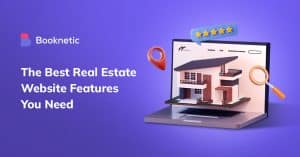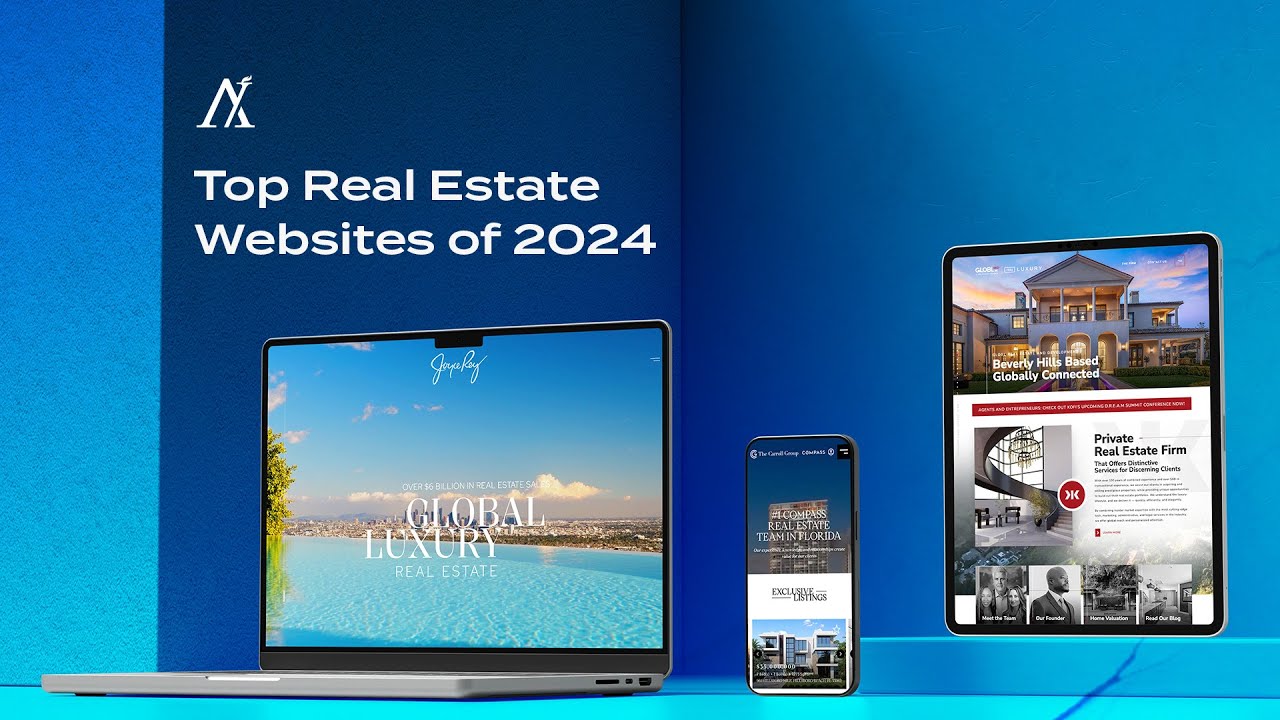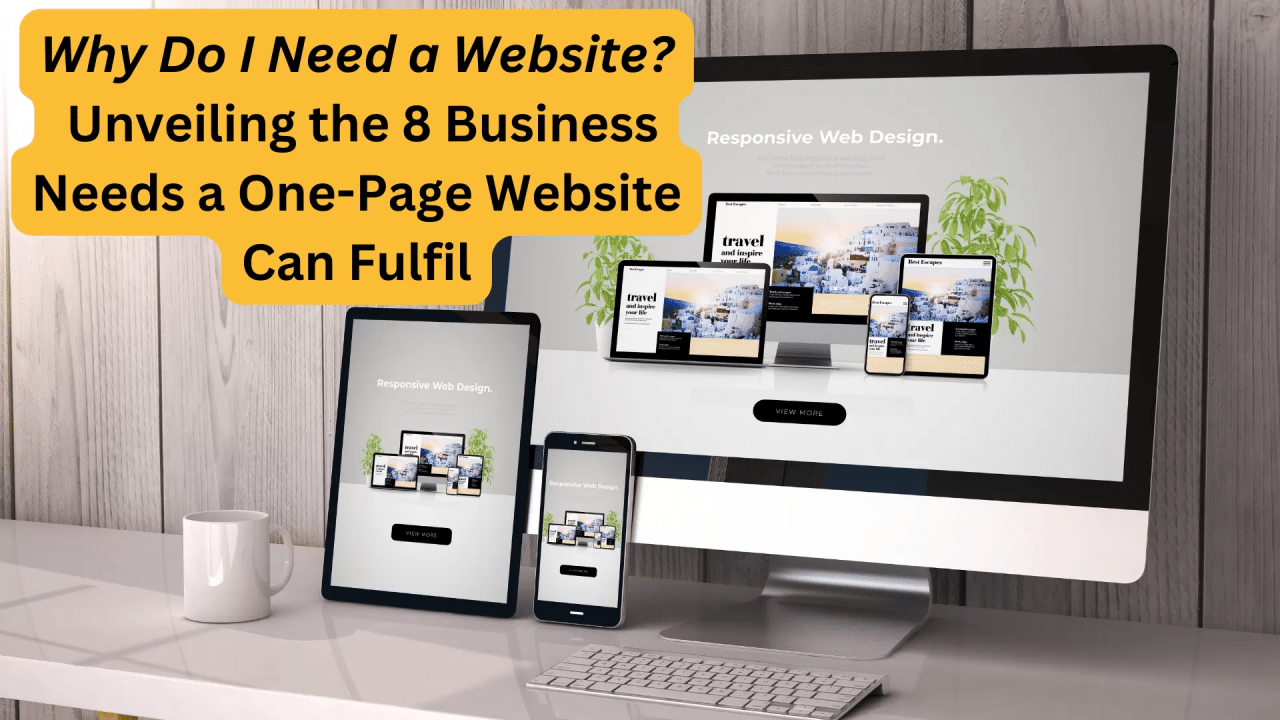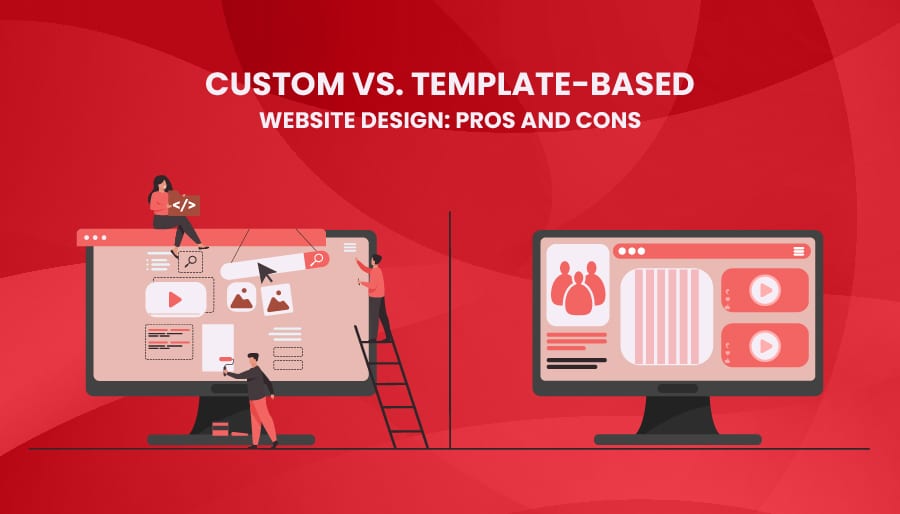10 Must-Have Features for a Successful Real Estate Website (2025 Guide)
In today’s fast-moving property market, your website isn’t just a digital brochure — it’s your most powerful sales tool. Whether you’re a solo real estate agent, a brokerage firm, or a property developer, your website is often the first impression potential clients have of your business. And as the competition grows, having a visually appealing website isn’t enough; it needs to perform.
In this guide, we’ll break down the 10 must-have features for a successful real estate website that attracts leads, builds trust, and drives conversions. By the end, you’ll know exactly what to include (and what to avoid) when creating or upgrading your real estate website in 2025.
1. A Powerful Property Search and Filter System
When visitors land on your real estate website, their primary goal is simple: to find the right property quickly. A user-friendly property search function with advanced filters is the backbone of any successful real estate website.
Key Features to Include:
-
Filters for price range, location, property type, and amenities.
-
Map-based search for visual browsing.
-
“Save search” or “favorite listing” options for returning visitors.
A well-designed search tool keeps users on your site longer and increases their chances of converting into real leads. If your search experience feels clunky or limited, users will bounce to your competitors.
2. IDX Integration for Real-Time Listings
IDX (Internet Data Exchange) integration connects your website to local MLS (Multiple Listing Service) databases, ensuring that your listings are always accurate and up to date.
Without IDX, you’d have to manually upload and update each property — a nightmare for busy agents. With it, listings automatically sync in real time, showcasing the latest homes on the market.
Pro Tip:
Choose an IDX provider that offers flexible design options so the listings blend seamlessly with your website’s look and feel.
3. High-Quality Visuals and Virtual Tours
In real estate, a picture is worth a thousand clicks. High-resolution images, video walkthroughs, and 3D virtual tours allow potential buyers to experience the property before visiting in person.
Why It Matters:
-
83% of buyers say photos are the most important factor when viewing listings online.
-
Properties with professional photography receive 118% more views than those without.
Bonus Tip:
Add drone footage to showcase neighborhood views and property surroundings — it adds a premium touch that instantly elevates your listings.
4. Mobile-Friendly, Responsive Design
Over 60% of homebuyers now browse listings on their phones or tablets. That means a mobile-responsive website isn’t optional — it’s essential.
What to Focus On:
-
Fast load times (under 3 seconds).
-
Clean layouts that adjust to any screen size.
-
Easy navigation and clickable contact buttons.
A mobile-friendly design not only enhances user experience but also improves your search engine rankings, as Google prioritizes mobile-optimized sites in search results.
5. Lead Capture and Contact Forms
You can have the most stunning website in the world, but without effective lead capture, it won’t grow your business.
Essential Lead Capture Elements:
-
Short, easy-to-fill contact forms on every listing page.
-
Sticky “Request a Viewing” or “Get More Info” buttons.
-
Pop-up or slide-in forms offering free resources (e.g., “Get a Free Home Valuation Guide”).
Pro Tip:
Use a CRM (Customer Relationship Management) tool to automatically store and follow up with leads. Integration with platforms like HubSpot, Zoho, or Follow Up Boss can save hours of manual work.

6. Neighborhood and Community Pages
Homebuyers aren’t just looking for a property; they’re searching for a lifestyle. Adding neighborhood guides helps position you as a local expert and keeps visitors exploring your website longer.
What to Include:
-
Local attractions, schools, dining, and commute info.
-
Interactive maps highlighting key amenities.
-
Market insights, such as average home prices or trends.
These pages are also SEO gold — they help you rank for local search terms like “homes for sale in [City/Neighborhood]” or “best neighborhoods in [Area].”
7. Client Testimonials and Reviews
Trust is everything in real estate. Adding authentic client testimonials builds credibility and helps potential buyers feel confident in choosing you.
Best Practices:
-
Feature photo or video testimonials if possible.
-
Include key details like the type of property purchased or sold.
-
Add a dedicated “Success Stories” or “Client Reviews” page.
Pro Tip:
Encourage Google Reviews and embed them directly on your site for extra authenticity.
8. Blog and Content Marketing Hub
A blog isn’t just a place to post company updates — it’s a powerful SEO and authority-building tool.
Why It Works:
-
Boosts organic traffic through valuable keyword-rich content.
-
Positions you as a knowledgeable, trustworthy expert.
-
Keeps your site fresh and active in Google’s eyes.
Topic Ideas:
-
“How to Buy Your First Home in [City]”
-
“Top 5 Mistakes to Avoid When Selling Your Home”
-
“Real Estate Market Trends for [Year]”
By publishing consistent, helpful content, you not only attract visitors but also nurture leads through the buyer’s journey.
9. Chatbots and Instant Messaging
In the age of instant gratification, buyers expect immediate responses. AI-powered chatbots or live chat features can capture leads 24/7 — even while you sleep.

Benefits:
-
Instantly answer FAQs about listings.
-
Pre-qualify leads before sending them to an agent.
-
Collect contact info for follow-up.
Integrating tools like Drift, Tidio, or LiveChat can dramatically improve your site’s engagement and conversion rate.
10. Strong SEO and Analytics Setup
Your real estate website won’t succeed if no one can find it. Implementing search engine optimization (SEO) and tracking performance with analytics ensures your site continues to grow and attract new leads.
Core SEO Elements:
-
Keyword optimization for terms like homes for sale in [City].
-
Local schema markup for better visibility in Google Maps.
-
Fast-loading pages, secure HTTPS, and mobile optimization.
Track and Improve:
Use Google Analytics, Google Search Console, or tools like SEMrush to monitor traffic, user behavior, and keyword rankings.
Step-by-Step Guide to Building a Successful Real Estate Website
Here’s how to put it all together — step by step:
-
Define Your Audience:
Are you targeting buyers, sellers, or renters? Luxury clients or first-time buyers? Tailor your content and features accordingly. -
Choose Your Platform:
WordPress (with real estate plugins), Wix, and Squarespace are great for agents. For scalability, consider custom development. -
Design for Conversion:
Focus on clean navigation, clear CTAs, and visually appealing layouts. Avoid clutter. -
Integrate IDX and CRM:
Automate listing updates and lead management from day one. -
Add SEO Foundations:
Use local keywords, optimize meta tags, and set up Google Business Profile. -
Publish Valuable Content:
Launch with 3–5 blog posts and keep posting regularly. -
Test Across Devices:
Make sure your website looks great on mobile, desktop, and tablet. -
Track Results and Improve:
Use analytics to identify what’s working — and double down on it.
FAQs About Real Estate Website Features
1. How much does it cost to build a real estate website?
It varies depending on complexity. A simple agent website might cost $1,000–$3,000, while a custom site with IDX integration and advanced features can run $5,000–$15,000 or more.
2. Do I really need IDX integration?
Yes, if you want to display up-to-date MLS listings automatically. Without IDX, you’ll have to manually manage every listing — which is time-consuming and error-prone.
3. What’s the best platform for real estate websites?
WordPress is the most flexible and SEO-friendly option, especially with real estate plugins like Estatik, Realtyna, or IDX Broker. For DIY setups, Wix and Squarespace are good alternatives.
4. How often should I update my website?
At least monthly. Add new listings, post blog content, and refresh community pages to stay relevant and maintain your SEO rankings.
5. How can I get more traffic to my real estate website?
Combine local SEO, Google Ads, and social media marketing. Share listings on Facebook and Instagram, and use blog content to drive organic traffic from search engines.
Final Thoughts
Your website is more than just a digital business card — it’s your 24/7 marketing engine. By implementing these 10 must-have features, you’ll create a real estate website that not only attracts visitors but converts them into loyal clients.
Whether you’re building from scratch or revamping your current site, focus on user experience, trust, and automation. The right combination of design, content, and technology will help you stand out in an increasingly competitive real estate market.





